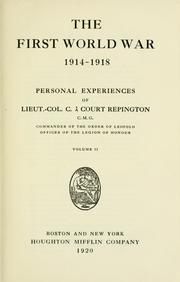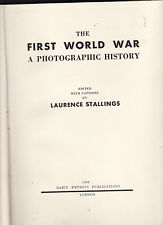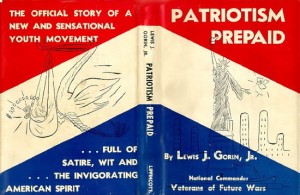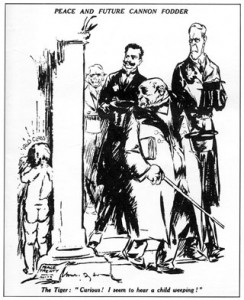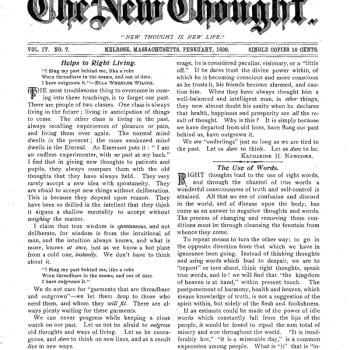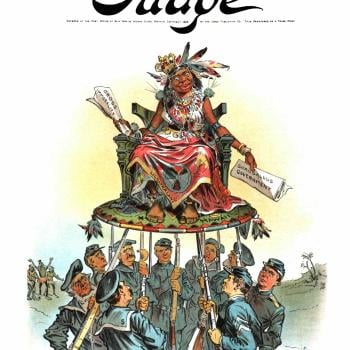As we commemorate the First World War in coming months, we are going to hear a great many myths and mis-statements. Although it certainly is not the most pernicious, let me just correct one of the more persistent.
Recently, the Weekly Standard presented an interesting review by J. Harvie Wilkinson III, who began, “Back then, it was not known as World War I, for the obvious reason that the Second World War still lay in the future. It was simply the Great War, for the world had never seen anything like it.” How could you talk about the “First World War,” until you knew there would be a second? That’s obvious enough.
It’s also wrong. At the time, certainly, the Allies mainly called it the Great War, while the Germans referred to Weltkrieg, the World War, an interesting distinction in its own right. The Germans realized they were fighting for the future of the world.
No later than 1918, though, writers on the Allied side at least also began calling it the First World War.
When in 1920 Charles à Court Repington wrote his ambitious two volume history of the conflict, it was of course called The First World War, because that was the standard name for the recent struggle. (New York: Houghton Mifflin, 1920).
In 1933, Laurence Stallings published The First World War: A Photographic History.
Maybe they did indeed know what was coming later.
In 1936, US college students formed a parody movement called Veterans of Future Wars, which so grabbed public attention that it became a major and serious anti-war movement, with fifty thousand paid-up members at its height.
Although it is a very famous item, I also cite Will Dyson’s cartoon published in 1920, after the signing of the Treaty of Versailles. The weeping child represents the Class of 1940.
French Prime Minister Clemenceau is saying, “Curious! I seem to hear a child weeping!”


